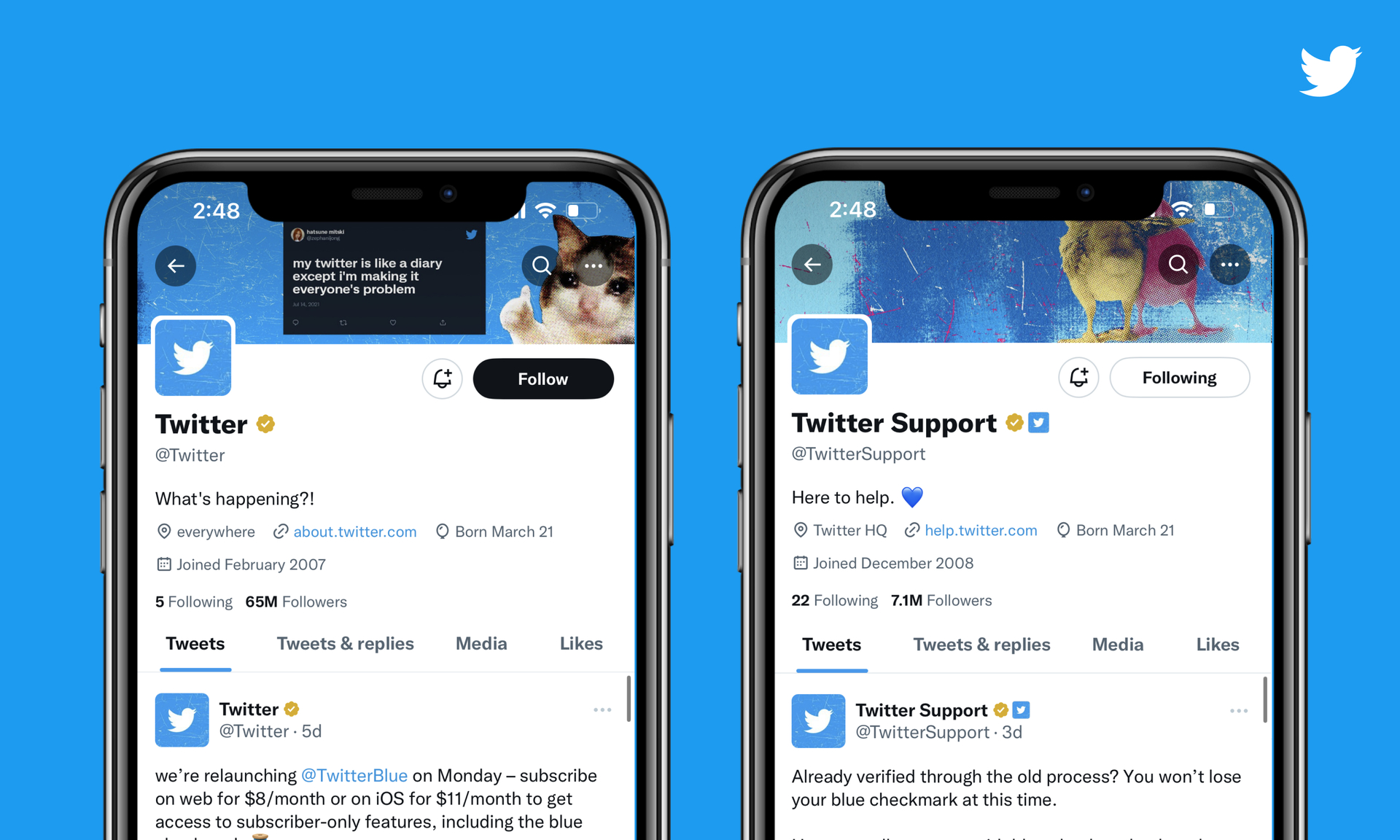
Twitter Weather Subscription Service: Is it a bust?
Twitter is taking a stab at a paid weather subscription service, and it’s not off to a great start. Announced on June 1 as “Tomorrow,” the new service has already changed its name. Now known as “Currently,” the service, which will cost $10 for the paid service, will provide local newsletters, audio chats, original news articles on climate justice and a Q&A feature.
According to founder @EricHoltHaus, “The main site and newsletters will always be free. Paid members will get direct access to our team of meteorologists – your personal weather service.”
But is this new weather service actually going to be 1). accurate and 2). timely and relevant enough to keep subscribers informed and safe?
For now, let’s ignore the failure of a launch (which is hard to do… who launches a new service and changes the name within five days?!) and explore if Currently is worth the cost.
Hear from the expert:
Beth Carpenter, meteorologist and co-owner of Thermodynamic Solutions, doesn’t see the value of a paid subscription service when Twitter already has an expansive network of meteorologists and information available for free.
Carpenter offers her expert insight into Currently below. Give it a read and let us know what you think!

From a meteorological standpoint, I really don’t see the benefit of Twitter’s new weather service, Currently. Twitter users already have unlimited access to accounts of local broadcast meteorologists, private weather companies, National Weather Service information and watches and warnings from the Storm Prediction Center, National Hurricane Center, and more.
Many of these sources provide free information on a daily, or even more frequent, basis on Twitter already. This gives direct ability for any user to reply with questions about the incoming weather at no cost, and many of these questions are answered in a timely fashion.
Paying $10 per month to send questions via e-mail to a limited number of selected meteorologists from across the U.S. is neither timely nor is it your best option to receive weather information for your specific location.


At Thermodynamic Solutions (TDS Weather), we provide location-specific forecasts for clients in a variety of industries across the Great Lakes and Ohio Valley region. That area is where our expertise in forecasting lies.
If you take a limited number of meteorologists from around the country and expect them to be able to answer location-specific questions about incoming weather for anyone in the nation, the information provided will likely not be as detailed, accurate or helpful as it would be if the user just simply reached out to their local weather providers.
Local meteorologists for your specific region have the best knowledge of weather patterns, forecasting techniques and weather model analysis in that area.
With my forecasting knowledge based in the Ohio Valley and Great Lakes region, I for one, would not be comfortable nor confident in forecasting mountain weather out west! It’s the lack of local knowledge that may misinform or misguide users.
If a significant weather event is going to impact your location, I HIGHLY recommend turning only to your trusted local weather sources.
I do believe Twitter overall is a GREAT place for meteorologists to provide weather information to the general public. Unlike Facebook, Twitter posts are seen in the moment and not days later.
During significant weather events (major winter storms, hurricanes, severe weather and the like) meteorologists across the country are providing potentially life-saving information for free, simply because they want to help! During many of these significant events, the topic often “trends”, making it easy for users to find the latest information.
If Twitter really cared about the information provided instead of making money off of a subscription service, they’d create a place on the platform where users can find accounts of practicing meteorologists based on location for their users to follow.
Advice for weather information on Twitter:
My best piece of advice for finding reliable weather information on Twitter:
- Make sure you’re following your local National Weather Service office!
- Search the weather hashtag for your state using the two-letter state abbreviation followed by “wx” to find accounts that post about weather in your area. Example: #INwx for Indiana weather.
- It’s okay (and encouraged!) that you follow multiple weather sources. The most reliable weather sources can include the National Weather Service, local television meteorologists, and private weather companies.
- If an account often posts attention-getting headlines or “hyped” weather information, their information shouldn’t be trusted as they are just seeking followers and attention. Headlines that induce fear are a prime example.
Share your thoughts!
You’ve heard the insight from the practicing meteorologist, so now what do you think? Is it really worth the $10 to “possibly” get timely, relevant weather information? Will this “premium” information differ from what’s already widely available on Twitter?
Leave a comment below!
If you enjoyed what you read and found it useful, please share it with your friends and colleagues!
Have questions about Twitter’s new weather subscription service or any new Twitter features? Send us a message and let’s discuss!
Follow Harden Digital on social media: Twitter, Facebook, Instagram.




No Comments